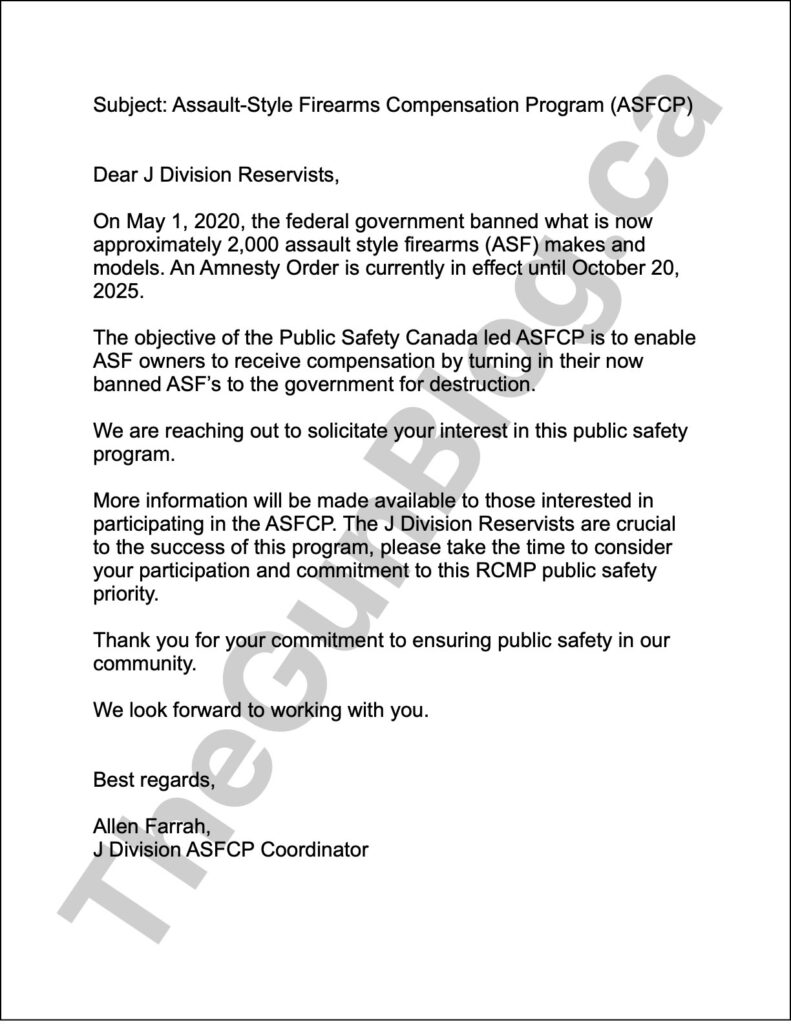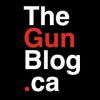IronNoggin
Well-Known Member
RCMP Asks Retired Police to Help With Liberal Gun Confiscations
The RCMP is asking retired and former police in its Reserve Program to help the Liberal Party of Canada’s political and regulatory attacks against government-licensed firearm owners and businesses.RCMP Reserve Program
The RCMP Reserve Program this month contacted members in New Brunswick, its “J Division,” to join the Liberals’ forced rifle and shotgun confiscations targeting licence holders.
They referred to the crackdown ordered on 01 May 2020 as the “Assault-Style Firearms Compensation Program.” Although the Liberals have said they would pay firearm owners who surrender their gear for destruction, no compensation program exists, and the Liberals are scrambling to execute seizures they’ve been preparing since 2018.
‘Reservists Are Crucial’
“The J Division Reservists are crucial to the success of this program, please take the time to consider your participation and commitment to this RCMP public safety priority,” Allen Farrah, the RCMP Reserve Program’s New Brunswick coordinator for the confiscations, said in an e-mail to reservists.
The full e-mail is below.
Why It Matters
The RCMP is an essential Liberal partner for the authoritarian crackdown targeting honest citizens, instead of protecting honest citizens from it.
The Liberal+RCMP attacks undermine social stability and public safety by destroying respect for politicians and police, government institutions, and the law.
Although some RCMP employees support the crackdowns, many current and former staff oppose them. (Some of them subscribe to TheGunBlog.ca.)
Many Unknowns
Is the RCMP asking reservists to assist with the forced seizures in New Brunswick only, or also in other regions? Alberta and Saskatchewan have passed laws to block the confiscations, and other provinces also oppose them.
Why is the RCMP working on a compensation program that doesn’t exist? (Unless they’re copying the misleading Liberal name for the effort to criminalize and confiscate?)
Is RCMP calling on reservists to help on the ground with door-to-door confiscation raids, handing out cheques for some imaginary/forthcoming compensation, or other tasks?
Since the confiscation fantasy is on track to fail, why is the RCMP still working on it at all?
RCMP NB: ‘National Program’
“As this is a national program, I would ask that you contact our colleagues at RCMP National Media Relations office,” Hans Ouellette, a spokesperson for the RCMP in New Brunswick, told TheGunBlog.ca today after we published this report.
No Response to Our Info Requests
TheGunBlog.ca e-mailed multiple requests for information and comment to the RCMP and the Liberal administration, without any response:
RCMP Reserve Program, J Division, July 24: No reply until after we published this report. They directed us to the RCMP HQ media service.
RCMP Reserve Program, National Division, July 24: No reply.
RCMP National Headquarters, Media Service, July 25: They directed us to the Department of Public Safety, which oversees the RCMP.
Department of Public Safety, Media Service, July 25: They directed us to their General Enquiries service.
Department of Public Safety, General Enquiries Service, July 25: No reply.
RCMP Reserve Program “J Division” E-Mail
Following is the text of the e-mail from the RCMP Reserve Program


RCMP Asks Retired Police to Help With Liberal Gun Confiscations – TheGunBlog.ca
RCMP Reserve Program is asking retired and former police to help confiscate guns.
 thegunblog.ca
thegunblog.ca









